|
The shoemaker - Trinidad and Tobago Newsday written by Valdeen Shears. March 2, 2024
Akanni Kamau was only 15 when he developed a love for craft. He made his first pair of slippers out of cardboard and hunted for scraps outside a shoe factory in St James when he decided to upgrade his product. He was so determined to hone his skills that he did a stint as a shoemaker just to learn the intricacies of how to "build" footwear. Soon the teen would go from cardboard slippers to his first pair of leather sandals, made from the scraps he had gathered. Kamau, now 63, told Business Day that his curious, teenage mind was at that time fixated on African culture and art. The self-taught craftsman said he read avidly on the topics and scored any publication he could get his hands on that offered teachings on craft. With no internet in those days to offer DIY tutorials, he persevered and did all his first creations by trial and error. "It started with just a thought that I could make sandals, beautifully crafted, artistic sandals and slippers. That I could one day see my creation on the feet of my countrymen and women. I lived at Nizam Street, St James at that time and the street behind there, Nepaul Street, had a shoe factory. I would go many days after school and gather scraps, just so I could use them to make more sandals and slippers. I experimented for two years, until I made one that I wore to market my work. It drew compliments and soon enough I was being asked to provide the same and similar designs for others," he recalled. This was all the encouragement he needed to recognise that he had found himself a viable business. The income was slow but sure, he said, so he worked as an air condition technician during the day and would excitedly get home to begin or complete a job for his quickly growing clientèle. Leather craftsman Akanni Kamau said while his creations are based on his own ideas, he is influenced by the wants and needs of his customers. Six years later, after building a customer base, Kamau said he knew he had to go all in and opened his first shop at Patna Street. He stayed there for over 15 years. "You have to truly love creating, satisfying your customers, for you to want to stay in this industry. I knew from the onset that any day job I did would soon take a back burner for my craft. It was no hard decision to leave my job then, my fixed income, my security blanket and branch out on my own doing my craft. I knew it would one day call for my full commitment and that day had reached." Kamau said while the current economy may somewhat negatively impact on the industry's sustainability, the market for craft is limitless and offers diverse opportunities. He firmly believes customers' needs and preference for durability keep the livelihoods of craftsmen and women going. "A satisfied customer is not one who has to return to buy every other month, but one who is loyal because the product bought is durable and lives up to his standards. People who love leather footwear see the sense in buying a sandal or slipper that will last longer than a month or two like most store bought shoes made out of plastic and compressed cardboard," reasoned the craftsman. Kamau is a father of two and a proud grandfather of seven. While none of his children followed in his footsteps, Kamau has passed on his legacy through others by training any youth who showed an interest. He recalled a group of young trainees who would "race each other to finish a project first." He would laugh at their antics, he said, and then sternly correct errors made in their haste to out do the other. Sadly, Kamau said, none of his trainees stuck it out. He said he suspects its because they could not see a clear way to secure a market and became discouraged. "Securing a market is often a deterrent for most creatives. They second guess their gifts, but if the ancestors give you, they will provide the means and opportunities for you to sustain yourself and your livelihood," he stressed. In the late 1980s, Kamau relocated to Clarence Street for five years and then again to De Norbriga Street, Morvant, where he is currently based. The move to Morvant meant he had to secure a new customer base. Some loyal customers followed him to Morvant, while some didn't. This though, did not faze the resilient craftsman, as he soon saw the support of his new community, several of whom wanted customised footwear. From time to time he takes a chance and markets his goods at lower Frederick Street, Port of Spain. Kamau's creations, while based on his own ideas, are very much influenced by what his customers want. So much so, that one customer took a photo of a pair of leather sandals in a popular shoe store in the city and sent it to him via social media. It was with a huge smile that she paid for her customised sandals two weeks later, he said. The artisan said he gets extreme satisfaction matching his creations to the personality of its wearer. Some of his work boasts brightly-coloured splashes, which he said women often gravitate towards. Kamau said he is sure that the versatility of any leather slippers or sandals will more than likely match any outfit in the average person's wardrobe. "My female customers can no doubt find a handbag, an earring, a chain, some fancy top they had been saving for a special occasion, to wear with one of the more decorative slippers or sandals. The lifted ones, with raised heels or wedge sandals are often a big hit for the ladies." It has not been all good times for his near 50-year journey, though. There have been struggles and he wishes that craftsmen and women would voice their need for a space of their own, particularly within the capital city. Some of the sandals made by leather craftsman Akanni Kamau. PHOTO BY ANGELO M MARCELLE
0 Comments
Trinidadian-British actress Viscella Richards was best known for her role as a supporting actor in Black Snake (1973) and part in Zeta One (1969).
She moved from Trinidad to the UK with her family in the 1950s when she was six years-old. The star, who used the stage name Vikki Richards, began her career onstage. She went on to appear in films such as The Love Factor (1969) and the Onedin Line (1971), and in TV dramas including The Gentle Touch, Howards’ Way, and Return Of The Saint. In 1974, she was in the first ever photo taken by legendary Sun photographer Arthur Edwards when she posed with Wolves star striker John Richards (no relation). At the time Richards was starring in the farce No Sex Please, We’re British. Edwards went on to become Britain’s most famous royal photographer. In the ‘80s Richards moved back to Trinidad where she presented her own television series, Building Your Dream Home, for five years on TTT. On March 6, 2024, she was found dead at her home in North Valsayn after her property was ransacked by robbers. She was 79. Source: Dominic Kalipersad, March 9, 2024 THE STORY OF FELICITA VIDALE , A WOMAN WHO TAMED PART OF THE JUNGLE IN PALO SECO TO CREATE HER OWN GARDEN OF EDEN. Author : Rudolph Bissessarsingh Too often when we drive through the Southland of Trinidad, we still encounter at the sides of rural roads, vast tracts of virgin forests. Hugh patches of bamboo, terite, huge, giant flowering trees and tangled undergrowth of shrubs and vines. We fail to pause for a moment to ponder on the herculean efforts of the early settlers, their tremendous energy and resourcefulness that they expended in the taming of these tropical jungles.
This is the story of one of the unsung heroines of Palo Seco whose name was Felicita Vidale. Felicita made her first journey across the seas by canoe from Tucupita, Venezuela to Trinidad when she was only twelve years old. By that time the spark of adventure had already ignited her restless spirit and the quest for becoming an accomplished business entrepreneur. Felicita was of mixed ethnicity, part Amerindian, part African, part Spanish and other mixed heritage. She was a formidable woman to behold. Strong, tall, domineering, witty and with a keen sense of observation she would brave the perilous ocean many times back and forth from Tucupita to Trinidad, lured on by the prospectus of profitable trade. She was the proverbial tinker, selling each and everything from donkeys, shotguns, cows and even whiskey. Her covert trade involved coming ashore at Palo Seco with her goods and traversing forested trails through the Vidale Cocoa estate to escape the scrutiny of the police. From this base she would then quietly travel by donkey to San Fernando to purchase with the money she had traded her good for white cotton shirts and khaki pants to sell back on the mainland of Venezuela. The estate owner Clement Vidale often admired the beauty of Felicita. His enchantment soon led to love and Felicita and Clement got married at the Erin Roman Catholic Church. Theirs was a marriage that lasted well over fifty years and together they had five children. Her nuptial home was a humble tapia hut with a clay floor and a thatched roof. In the corner of their dwelling abode was a hole in the floor where she made coals to sell to the villagers. Soon the estate became known as Ma Clem Estate in Palo Seco. Cocoa, coffee, fonka bean trees, bananas, yam, cassava, citrus trees flourished in the rich virgin soil as slowly the jungle began to recede replaced by her husbandry. The village folks claimed that her spirit walked unseen through the Estate and this deterred unwanted predators from stealing the produce of the land. The Cocoa Estate became a hub of activity and an economic salve for many of the villagers. Felicita soon earned the respect and love of the villagers in the Palo Seco area. With knowledge gained from her childhood days she soon became the village mid wife, delivering hundreds of babies. In recounting her story , her grand son-in law revealed that on a visit on one occasion to visit his wife ( Felicita’s grand –daughter) who was expecting her first son , Felicita overheard a conversation that the patient next door would have to undergo a caesarean section because her baby was breached. He said Felicita without asking permission from anyone quietly when to the woman’s bedside, pulled the drapes around the bed and began rubbing the woman’s stomach so that the unborn child would turn in the direction so that the woman could have a normal birth. Afterwards she told the nurse at the station that the baby had turned so the woman could now have a normal delivery. Her knowledge of herbal medicines acquired from the mainland soon spread through the village and many came seeking relief of their medical ailments. Her religious dogma was formed in the cauldron of the Waraho Amerindian Tribe. At the heart of her religious belief system was a consciousness that Mother Earth was an eternally fruitful source of everything. The source of all life and nature too, the rivers, the birds the animals. She never made any decisions in life without being guided by her inner spirit. First thing each morning she recited this mantra “PAPA GOD YOU OPEN MEH EYES THIS MORNING “. There are many more stories waiting to be told about this woman everyone called “Ma Clem”. Felicita lived a long , healthy life and was one hundred and twelve (112) years old when she died . The Cocoa Estate of 29 acres is now lovingly preserved as a heritage site in her honour by her Grand-daughter Elizabeth Mohammed and her husband Imtiaz Ali. They are now the custodians left to carry out the legacy of Ma Clem, who had a vision of creating her own bit of paradise in the midst of an untamed tropical jungle . A woman who driven by sheer determination and hard work lived to see her dream come true her own Garden of Eden planted with exotic fruit trees, flowering plants and a productive cocoa estate. More importantly Ma Clem was able to carve out indelible memories in the minds of all who knew her. WE SALUTE YOU FELICITA VIDALE. A LIFE WELL LIVED. (Source: Vitrual Museum of Trinidad and Tobago, March 2, 2024) A Trini will always be a Trini, no matter where we are in this world. Wishing the iconic Timothy 'The Baron' Watkins a Happy 77th Birthday. May you live to see many more years of good health and sweet vocals. (Source: Everything Trini).
Thank you to Trinidad and Tobago Newsday for this feature as we celebrate International Women's Day!
ABVMTT extends heartiest congratulations to the three Trinidadians, Doolarie Ramdath, Shankar Teelucksingh and Stephanie Omardeen who have been awarded silver in the 2023 Cacao of Excellence Awards for the Central America and Caribbean region. This recognition highlights the exceptional quality and flavour diversity of cocoa produced in T&T and solidifies its position as one of the leading cocoa-producing regions in the world.
The history of Cocoa in Trinidad dates back to the early days when the Spaniards were the first to commercially cultivate it. The Spaniards first planted the Criollo variety in Trinidad in 1525. Today, we travel back in time to the distant past to find out about the legend associated with the first cacao plant and how it arrived in Trinidad. Ancient legend tells us about the Feathered Serpent God, Quetzalcoatl who gifted the Meso-American peoples with miraculous cocoa seeds. He wanted his people to be able to live healthily and be well fed so that they could become the best version of themselves: being generous, talented, hard-working & knowledgeable. The Ancient Mesoamericans considered that the cacao tree was sacred, which is why chocolate became known as the food of the gods.They would make a drink from cacao beans that were believed to have spiritual powers and mood-enhancing capabilities. This drink was consumed during sacred ceremonies of birth, death, and marriage by nobles, priests, rulers, and warriors. Montezuma II, the Aztec ruler of Mexico, is traditionally believed to play a major role in spreading cocoa to other countries. History reveals that Montezuma supposedly consumed gallons of chocolate daily as an aphrodisiac and energy drink. He was also known to share his cacao beans with his warriors. Christopher Columbus encountered the beans in 1502, as did Hernan Cortes, who dominated the Aztecs in the Yucatan. Cortes and his conquistadores were served a bitter, hot beverage spiced with pepper and little resembling the stuff we call chocolate today. According to the legend, Cortés brought the first cocoa seeds to Spain from one of his expeditions to America. When he and his troops were looking for gold and riches, the last Aztec emperor Cuahutémoc, shared a cup of cocoa with him. According to historical records cocoa seems to have been introduced in Trinidad in the 17th century, since it was one of the few cash crops cultivated for export by the Spanish settlers. It was also grown by subjugated Amerindians on the missions established by Capuchin monks from 1687-90. At its peak in1830, Trinidad and Tobago was the world’s third highest producer of cocoa, after Venezuela and Ecuador, producing 20% of the world’s cocoa. Though cocoa is no longer the cash crop it used to be, we the citizens of T&T can still boast that some of the finest cocoa beans come from here. So, next time you enjoy a cup of hot cocoa tea , make sure to remember all of its beautiful histories and share it with our young children. (Source: Angelo Bissessarsingh's Virtual Museum of Trinidad and Tobago, March 10, 2024) Credit to artist Rudolph Bissessarsingh Rice is a staple food in Trinidad and Tobago as in other countries of the world. At the end of the Indentureship period when immigrants from India were allowed to buy lands instead of a return passage to India (post 1860) many of them bought plots in swampy areas like Cunupia where they grew rice as the staple product. Rice, harvested from the rice fields also known as "Dhan " was spread out to dry in front of the dwelling houses of the rice farmers and then stored, being husked and cleaned as the need of the household demanded. An acre of land could produce enough rice to feed a family of 7 for a year or more. (Source: Angelo Bissessarsingh Virtual Museum of Trinidad and Tobago, Feb 5, 2024) From the blog of Patricia Bissessarsingh Feb 22 2024.
Women's History Month is the perfect time to reflect on some of our lesser-known heroines out there. Women who are not household names , but women everyone should know about because of their incredible contributions in different field of endeavours. Today’s blog shines the spotlight of attention on; The first Woman Lawyer to be admitted to the Bar in Trinidad Did you know that women were not allowed to practice in the Courts of Trinidad and Tobago until well over a hundred years after our first Civil High Courts were established in 1822? In 1939, Mona Marjorie Rigsby became the first Trinidad and Tobago-born female attorney-at-law to be admitted to practise in the local Courts and the youngest barrister across the British Empire. Ms. Rigsby was born in Port of Spain in 1918 and in 1935, she wrote and passed the entrance examination for London University. She then attended Middle Hall, where she secured honours in the fields of Roman Law and Criminal Law and Procedure. She was called to the Bar in England in June 1939 at the age of twenty-one. At that time, upon her call, she was the youngest barrister, male or female, across the entire British Empire. Ms. Rigsby returned to Trinidad and Tobago and was admitted to practice in the local Courts in September 1939. Mona Marjorie Rigsby and other women barrister like her not only paved the way for women in enter the male dominated legal fraternity but they also deserve our respect, admiration and remembrance. TRIVIA QUESTION Who was the First female judge in Trinidad and Tobago ? Credit to the following sources : · Mona Marjorie Rigsby: Photo courtesy of the Trinidad & Tobago Guardian published on September 6, 1939, which is part of the National Archives of Trinidad and Tobago Newspaper https://www.facebook.com/nationalarchivestt/photos · https://civilwatch.wordpress.com/2021/08/02/who-were-the-first-women-to-practise-in-the-courts-of-trinidad |
T&T news blogThe intent of this blog is to bring some news from home and other fun items. If you enjoy what you read, please leave us a comment.. Archives
June 2025
Categories
All
|



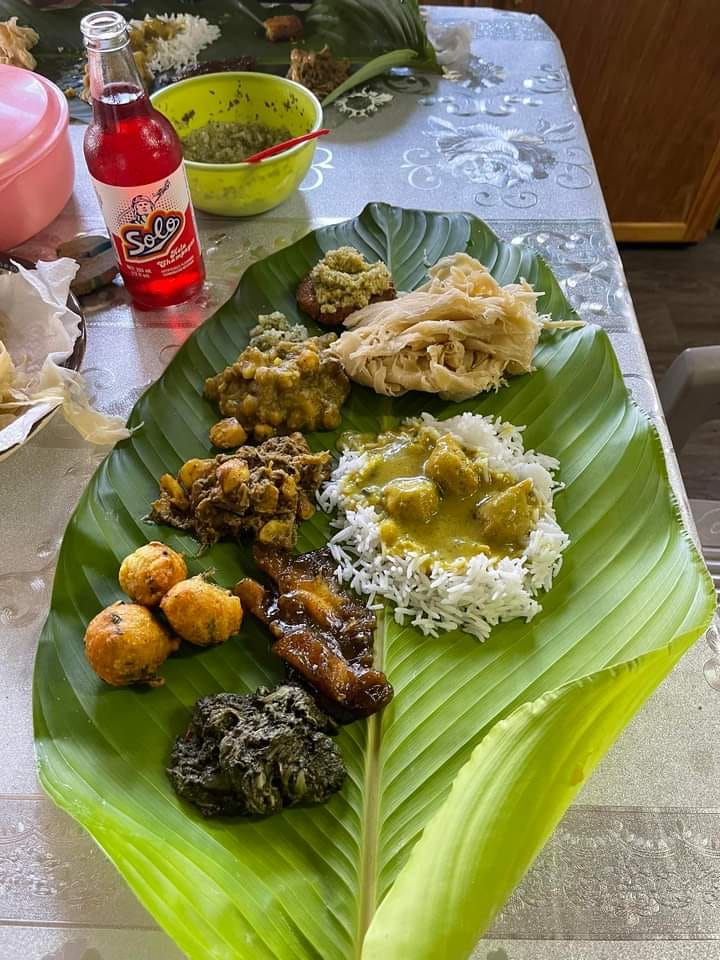
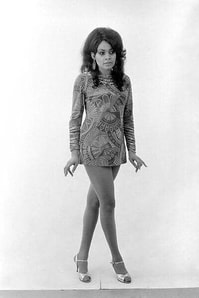
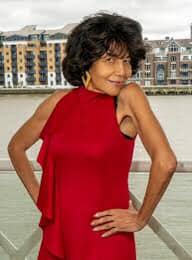

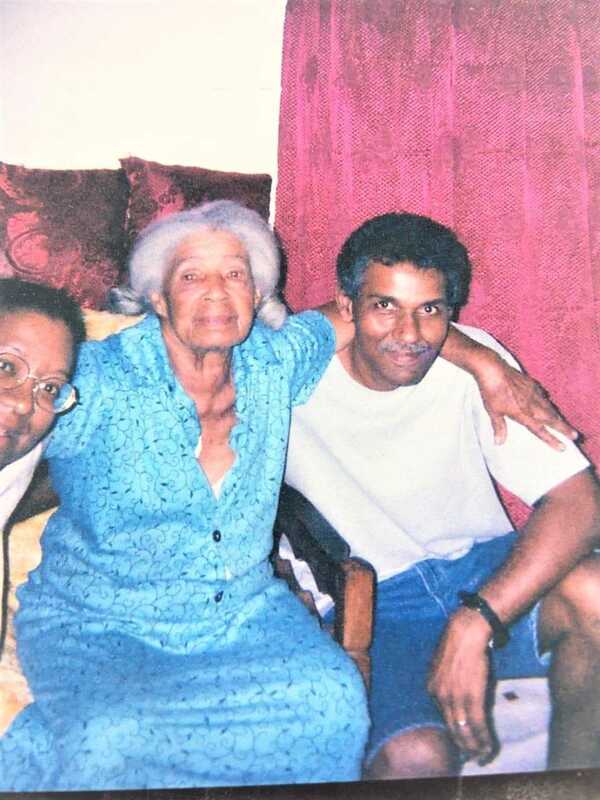
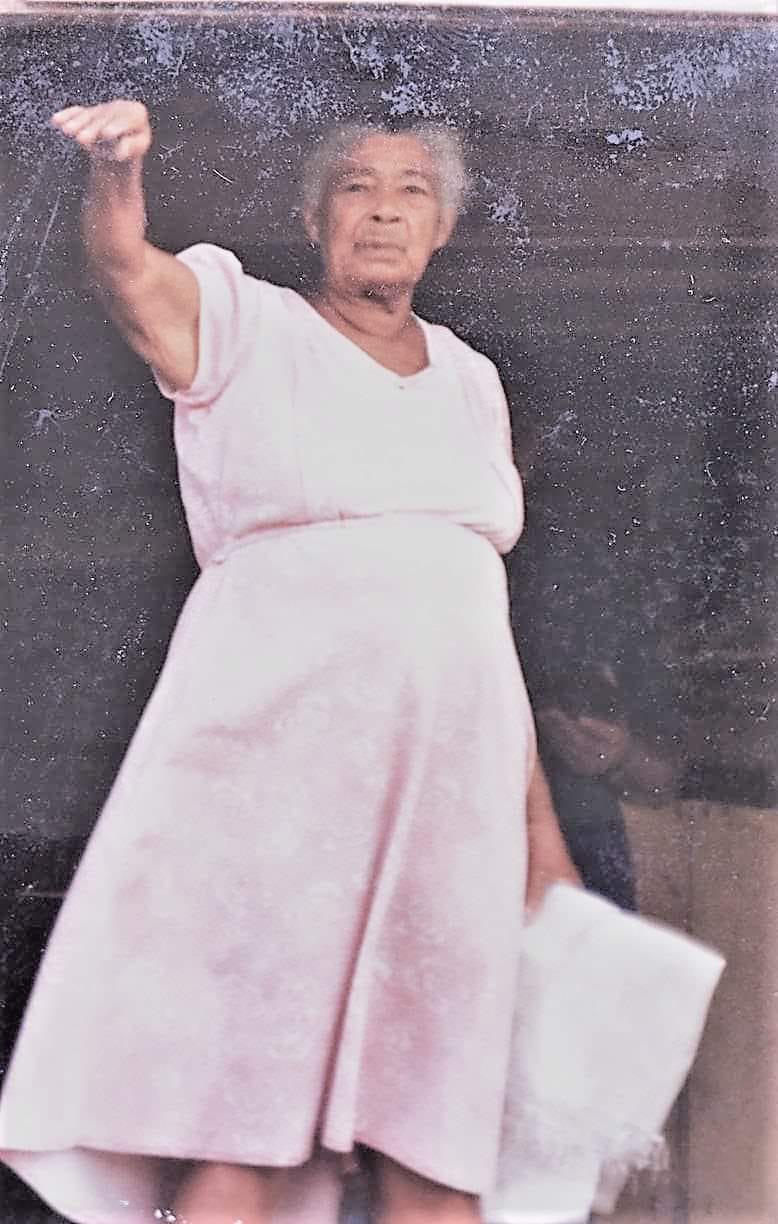

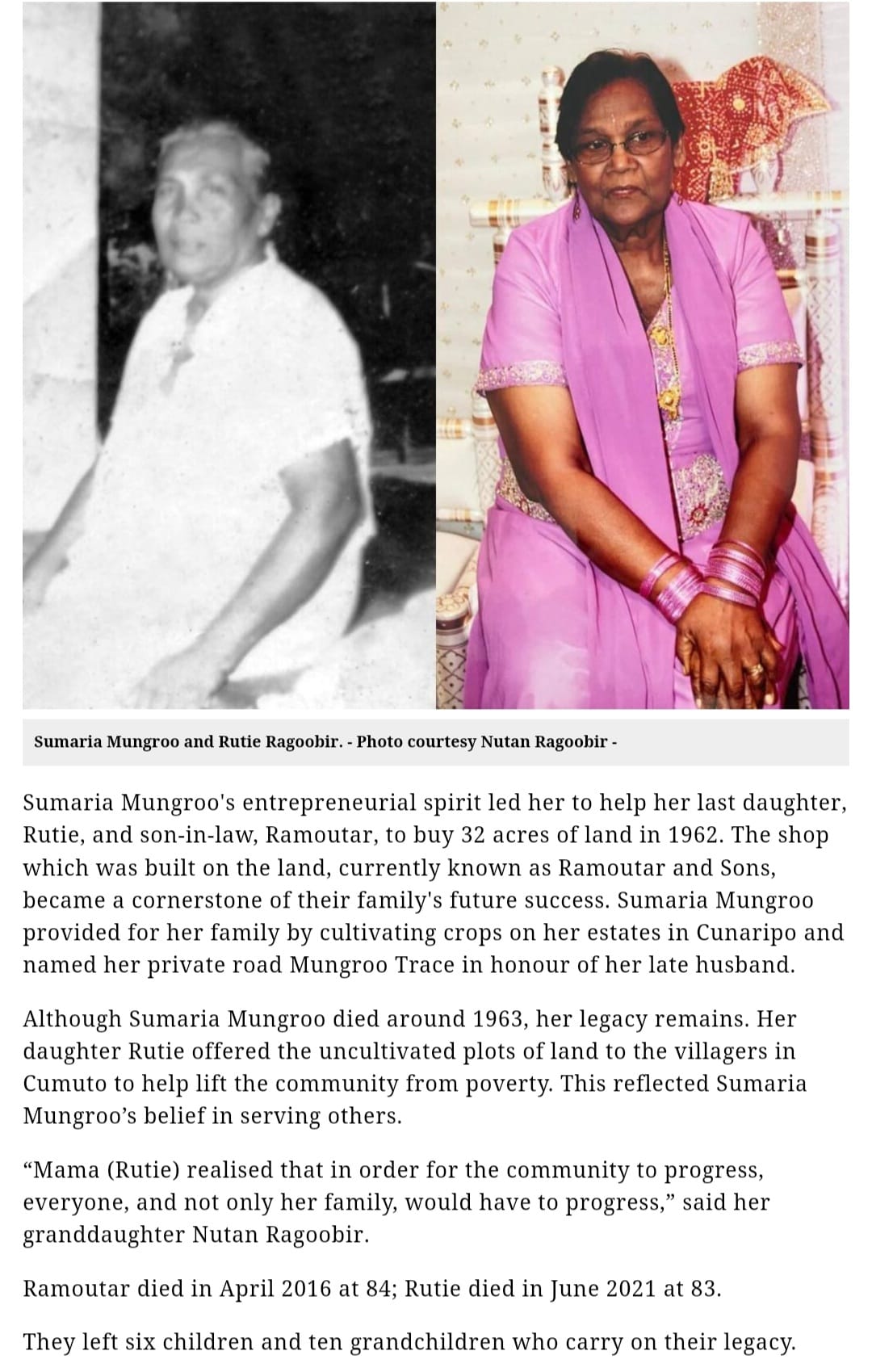

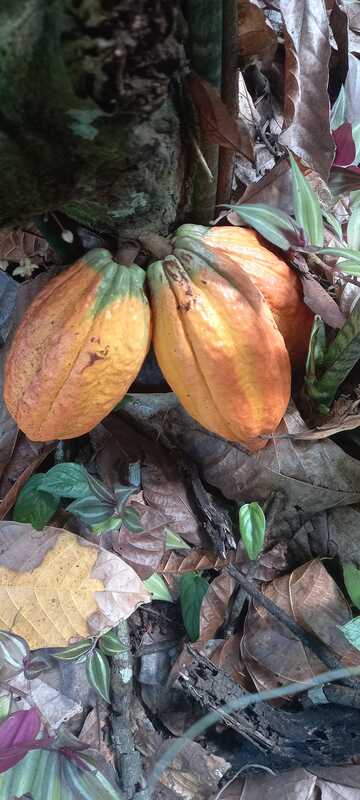
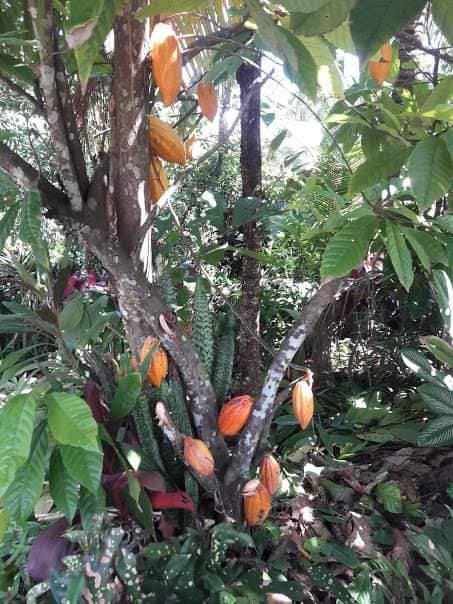
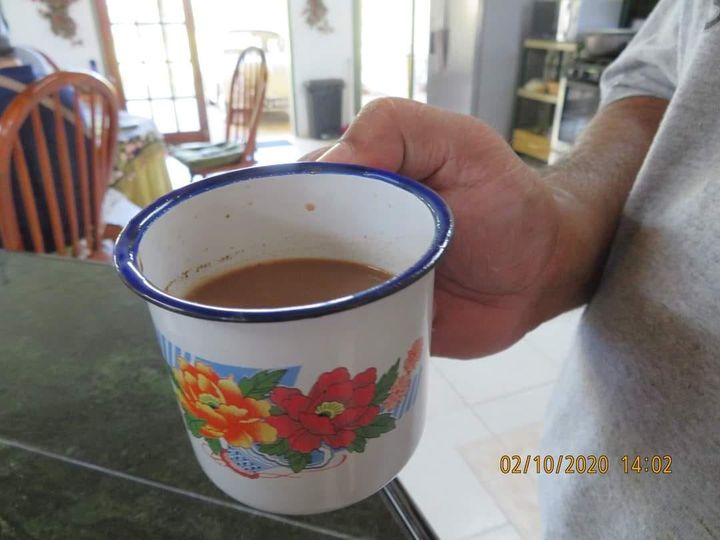
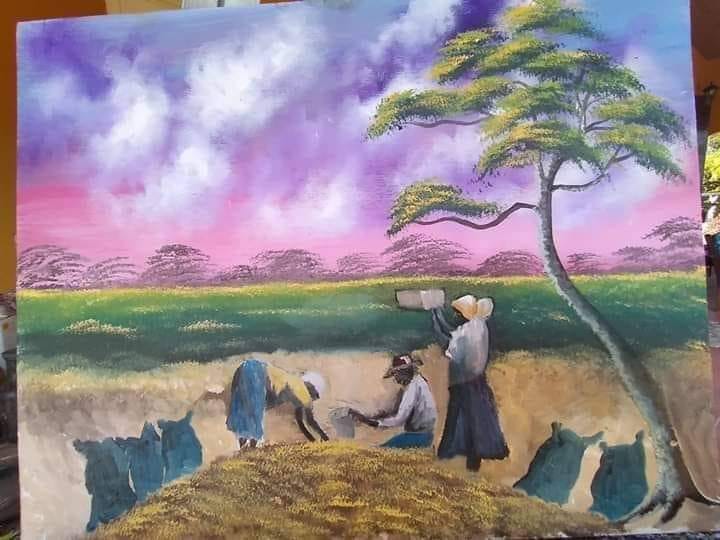
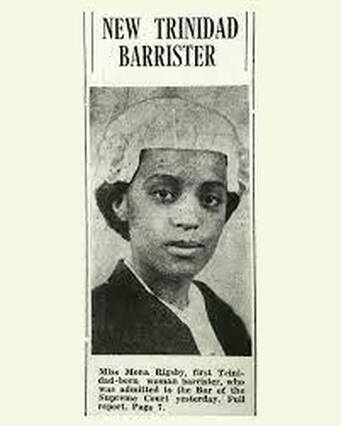

 RSS Feed
RSS Feed